FUNDAMENTALS OF BANKING
Année du cours : 1 année(s)
Etablissement : IÉSEG School of Management
Langue : English
Formation(s) dans laquelle/lesquelles le cours apparait :
Période : S2
-Finance fundamentals
-Introduction to financial markets
-Corporate finance
At the end of the course the student should be able to :
– understand the structure and the evolution of the banking industry (Assess the values of the organization in which they work)
– define the role of banks in the financial system and in the economy taking an international perspective (Demonstrate an international mindset)
– describe and assess the quality of banks’ financial statements (Demonstrate an expertise on key concepts, techniques and trends in their professionnal field & Be a reference point for expertise-related questions and ambiguities)
– develop a critical view of the banking industry and assess the current issues related to this industry (Predict how business and economic cycles could affect organizational strategy & Appraise the performance of a team)
This course is an introduction to the banking industry. It is structured around three main topics. It starts with a general description of financial intermediaries (types, role in managing information asymmetry issues, exposure to risks). The second topic is dedicated to the analysis of banks’ balance sheet and the importance of the assets and liabilities management. It also adresses banks’ challenges with the development of non-traditional banking activities such as loan commitments and securitization. Lasty, we adress the sources of risk in banking with focus on interest risk, credit risk and liquidity risk
We evaluate bank financial statements, and we analyze banks’ lending, funding, capital and investment decisions. We also discuss current events most classes. By the end of the semester, you should have a firm knowledge of the fundamentals of community banking.
Topic 1 – Introduction and description of Financial intermediaries (role of financial intermediaries, information asymmetry issues, risks, types of financial intermediaries)
Topic 2 – Bank balance sheet and income statement including off balance-sheet activities. Analysis of bank financial statement.
Topic 3 – The source of risk in banking with focus on interest rate risk, liquidity risk, and credit risk

